Enterprises have embraced digital transformation, cloud computing, and AI-driven analytics to stay competitive. Yet much of this focuses on supporting decision-making rather than automation. With the rise of large language models (LLMs) and rapidly evolving AI capabilities, a new frontier has emerged: agentic AI.
Agentic AI represents a step-change in enterprise automation, moving from generating outputs (like answering questions) to (semi)autonomous execution of actions to support business processes. This shift offers the possibility of transforming operations, enhancing customer experiences, and empowering employees with intelligent tools.
This article offers a clear view of agentic AI’s foundations: defining its core concepts, identifying when it makes sense, and comparing implementation paths. The evolution toward agentic systems creates new opportunities to drive meaningful business impact.

Agentic AI for Enterprises: Core Concepts for Choosing Autonomy with Intent
Read articleA Shift in Enterprise AI
Enterprise AI adoption has accelerated in recent years. The turning point came in late 2022, when LLMs such as ChatGPT shifted advanced AI from specialist tools to widely accessible technology, reshaping enterprise workflows and everyday activities.
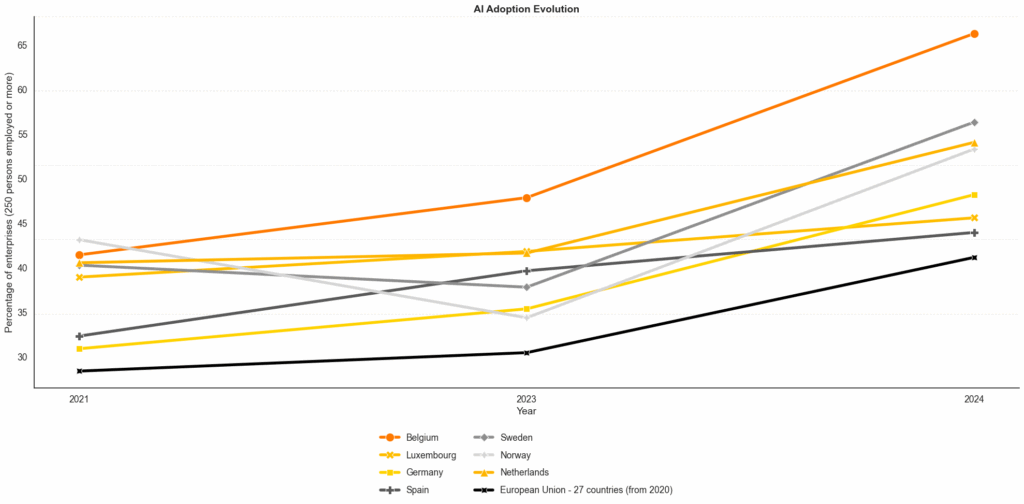
Figure 1. Annual AI adoption in enterprises with 250 persons employed or more. Source: Eurostat (isoc_eb_ai).
2023 was a year of discovery. Organizations rushed to experiment through Proofs of Concept (PoCs), most centered on tapping proprietary data with Retrieval-Augmented Generation (RAG). These pilots demonstrated potential but also highlighted the limitations of experimentation alone.
By 2024, knowledge assistants powered by LLM-RAG moved into production, supporting core business functions. At the same time, attention turned to agentic AI, as companies recognized that more capable models could automate structured tasks.
Yet rapid evolution has brought both hype and opportunity. New frameworks, methodologies, and vendors are multiplying, leaving many enterprises struggling to find clarity. The challenge is now clear: cut through the noise and build governed, scalable systems that turn agentic AI into real business value.
What Is Agentic AI?
Agentic AI systems are a class of artificial intelligence designed not only to generate outputs but to act toward defined objectives. They combine reasoning, decision-making, and execution, enabling automation of business processes with or without human intervention.
Depending on autonomy, these systems take different forms:
- LLM-powered workflows. Predefined rules and steps guide the process, for example, a chatbot that retrieves and delivers the right FAQ response.
- Agents. Able to independently reason, decide, and execute multi-step tasks, either as a single agent or as multiple specialized agents working together.
Why It Matters: The Business Case
Agentic AI extends the value of generative AI beyond output creation to process automation. It shifts from answering questions to executing actions that boost productivity and improve experiences.
For example:
- Traditional AI might analyze customer feedback and highlight recurring complaints.
- Agentic AI goes further, automatically alerting the product team, drafting next steps, and even executing fixes or campaigns.
Key Benefits
- Efficiency. Automates routine tasks, freeing up time for higher-value work.
- Cost Savings. Reduces manual interventions and operational overhead.
- Faster Resolution. Enables real-time monitoring, triage, and escalation.
- Personalization. Powers proactive, tailored recommendations at scale.
Core Building Blocks
Agentic AI systems are built from interoperable components:
- Large Language Models (LLMs). Provide reasoning and natural language understanding. Examples: Mistral, Gemini, GPT.
- Tools. Extend the system’s reach into applications and external data sources, from knowledge retrieval to task execution. Tools may themselves be agents.
- Prompts. Define objectives, guardrails, and behaviors through structured instructions and context.
Choosing the Right System
Agentic AI is not about deploying agents everywhere. The appropriate level of automation depends on the complexity of the process.
- Workflows are best for rule-based tasks, where objectives can be expressed in simple, predefined steps. They rely on clear inputs and outputs, making them easier to govern, audit, and scale.
- Single agents fit dynamic processes that require contextual reasoning and adaptive decision-making. Useful when the complexity of a process cannot be captured in fixed rules. The AI model drives the decision process, determining each next step, iterating through multiple actions, and working toward the outcome.
- Multi-agent systems suit highly complex scenarios where specialized agents must collaborate. These agents handle part of the process, passing inputs and outputs between them until the objective is achieved. This design is powerful for orchestrating interdependent tasks across domains, but also harder to govern and trace.
The trade-offs grow with autonomy. Agents generally introduce higher latency, increased cost, and greater governance complexity due to their iterative and non-deterministic nature. With multi-agent architectures, the challenges intensify: debugging, monitoring, governing, and scaling become significantly more difficult.
Decision Framework
| Feature | Workflow | Single Agent | Multi-Agent |
| Autonomy | Low | Medium to High | High |
| Latency | Low | Medium to High | High |
| Flexibility | Low | High | High |
| Governance Complexity | Low | Medium | High |
| Cost / Resource Usage | Low | Medium to High | High |
| Traceability | High | Medium | Low |
Guiding Principles
Agentic AI is moving rapidly from proof of concept to production. Its growing capabilities open new opportunities to enhance employee productivity and automate business processes. However, success comes not from adopting the most advanced architecture, but from matching the right level of autonomy to the problem.
- Start simple with workflows for structured tasks. Many objectives can be met with well-structured workflows, where tasks are predefined and executed as a clear sequence of steps.
- Adopt single agents where reasoning and adaptability are needed, such as tasks that are less predictable and require contextual reasoning or adaptive decision-making.
- Move to multi-agent orchestration only when specialization and collaboration become critical, for example, when single agents begin to mismanage tasks or select inappropriate tools.
Modularity is key as sophistication should grow gradually, grounded in proven business value. By aligning architecture choices to process complexity and end-user requirements, enterprises can unlock the benefits of Agentic AI while keeping systems efficient, governed, and future ready.
Your Next Steps — Starter Plan
- Start with clarity: Define the business goals, use cases, and context where agentic AI can deliver measurable value, before building anything.
- Choose autonomy with intent:
- Use workflows for predictable, deterministic tasks.
- Use agents only for reasoning-heavy or adaptive steps.
Always aim for the smallest sufficient autonomy that achieves the business outcome.
- Ensure human oversight: Keep humans in the loop to guide, supervise, and adjust the system as it operates.
Looking Ahead
This article is part of a series that continues the discussion on building scalable agentic AI systems. It explores how to optimize their core building blocks — LLMs, tools, and prompts — as well as emerging protocols such as the Model Context Protocol (MCP) and agent-to-agent communication.
Next installments will address:
- Scalability. Designing modular, future-ready architectures. Read here.
- Governance & Safety. Building trust, transparency, and compliance.
- Adoption. Equipping employees and organizations to use agentic AI effectively.

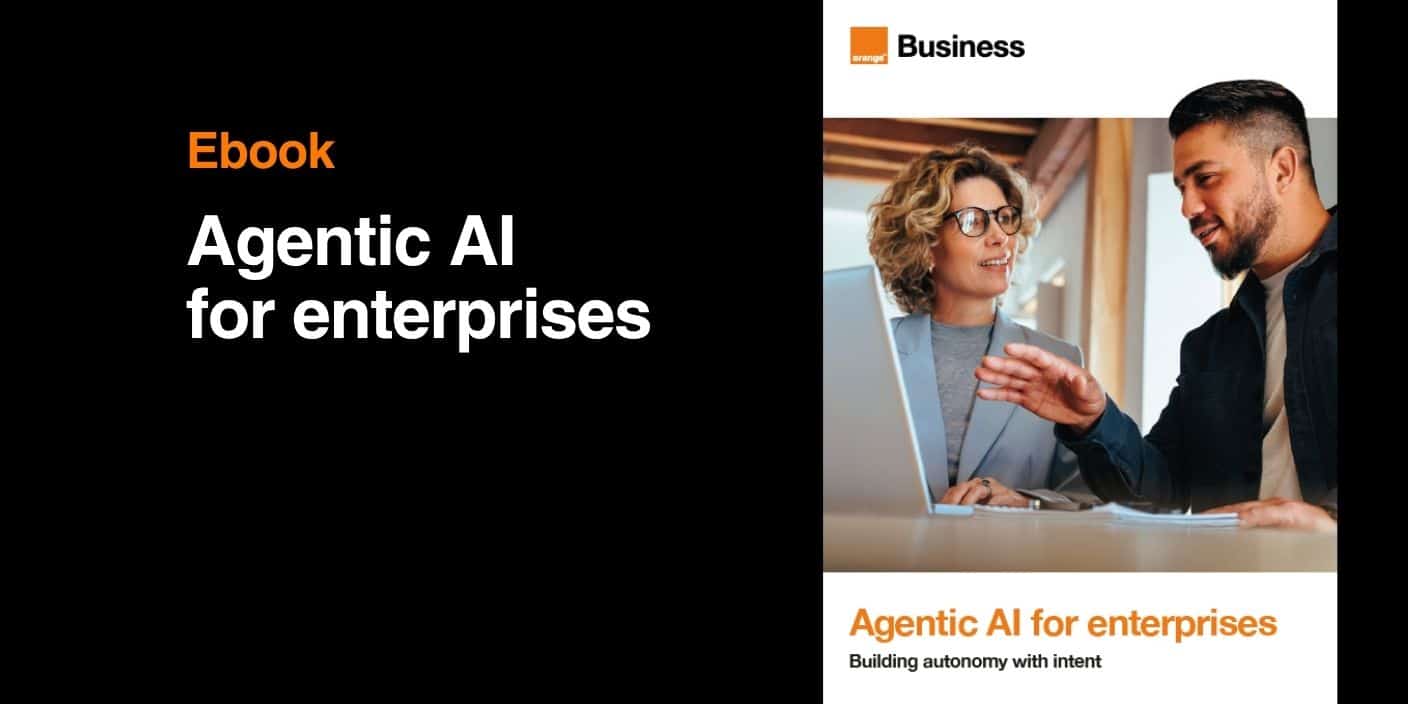


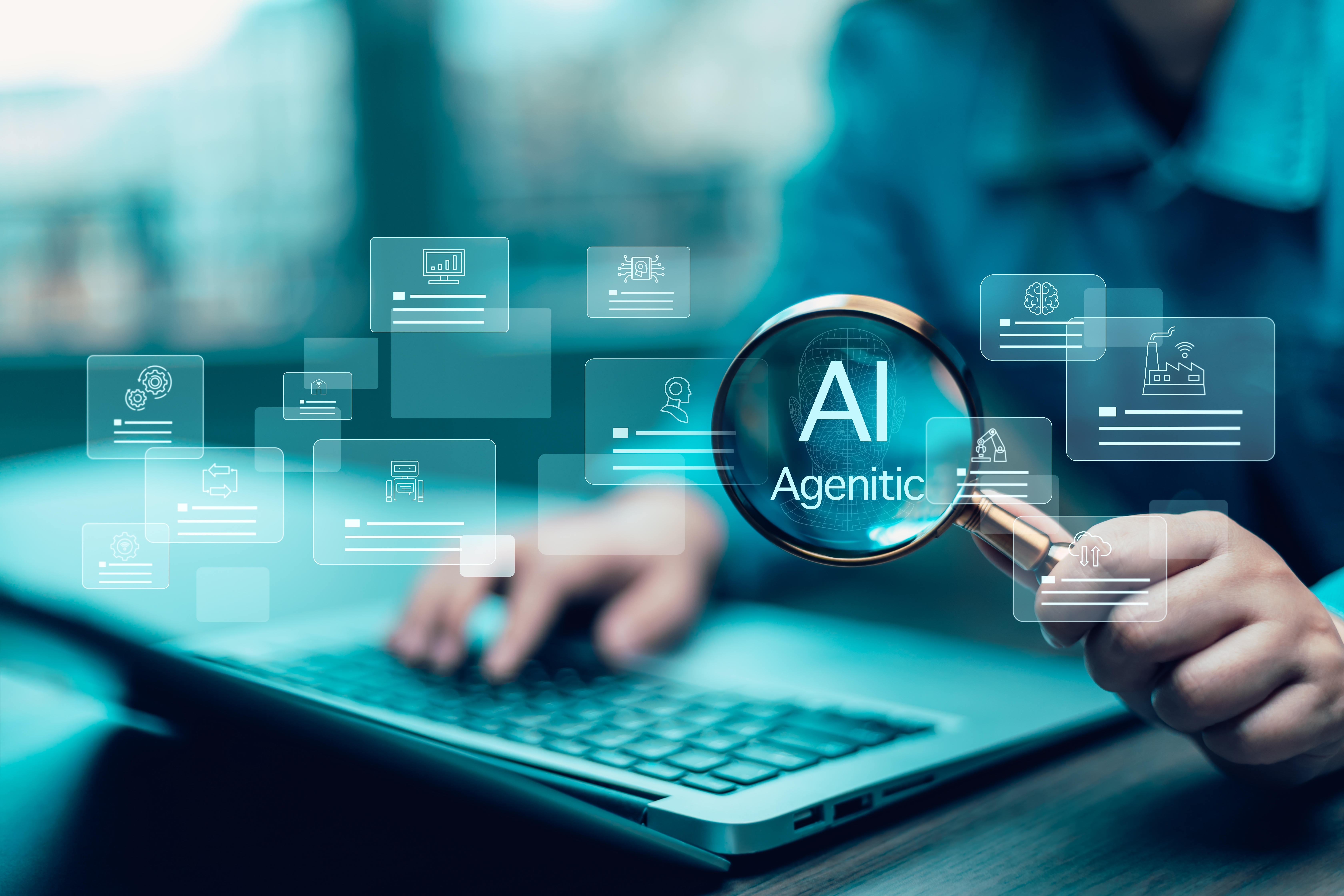
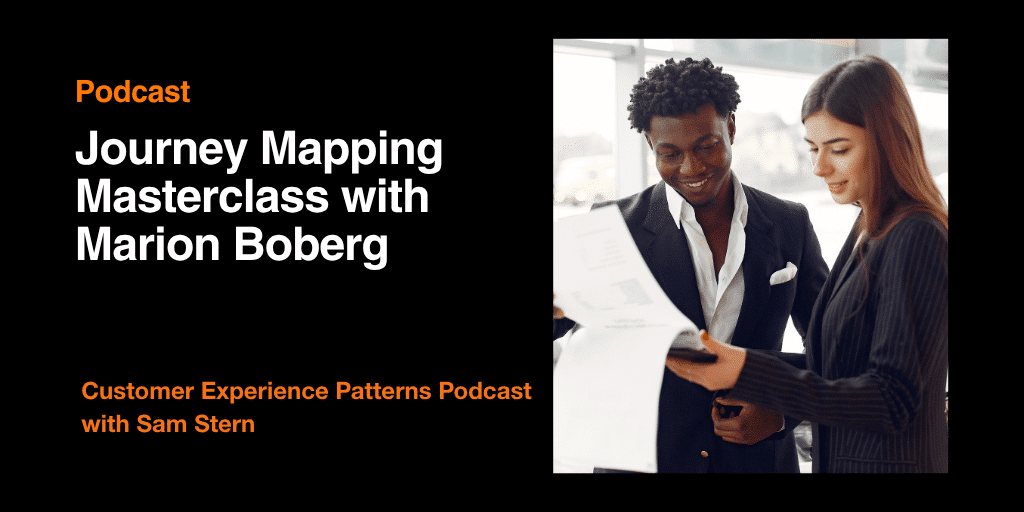




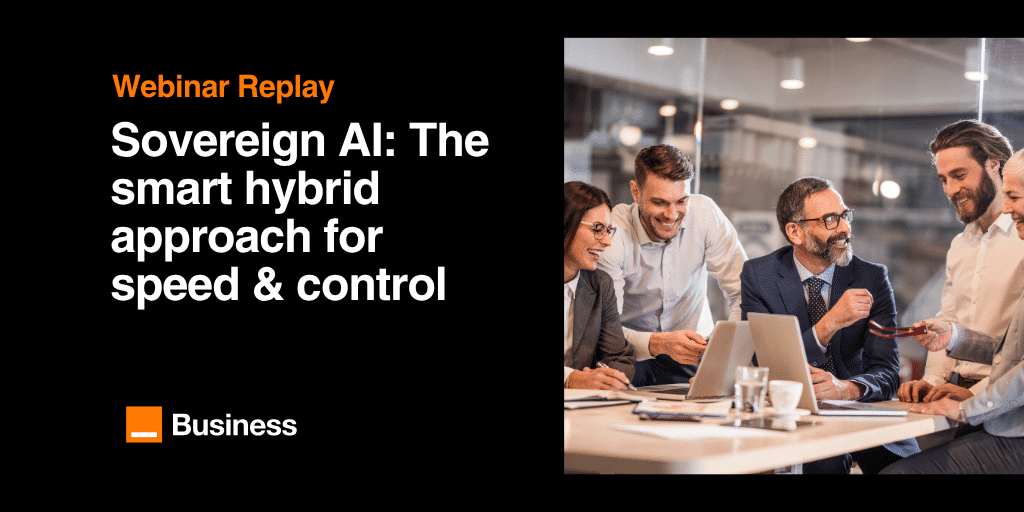
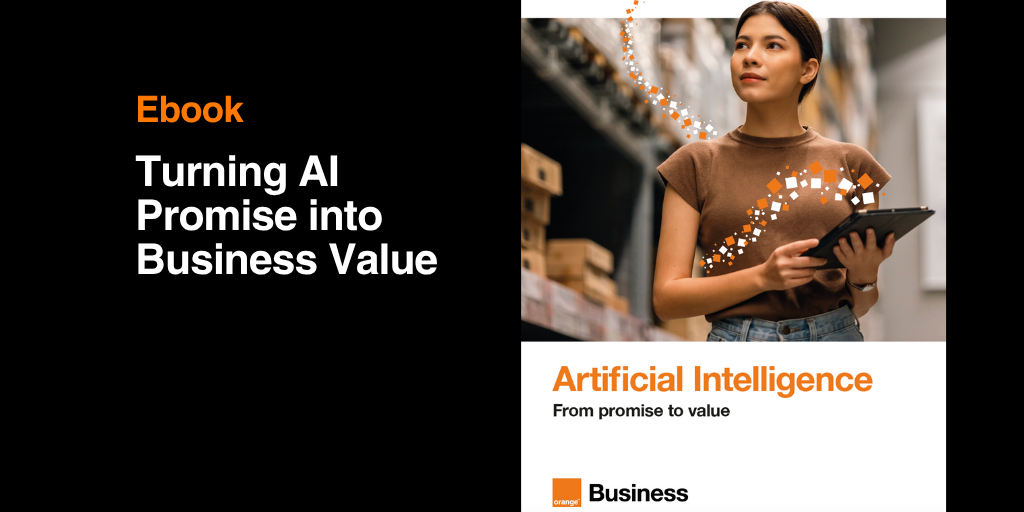
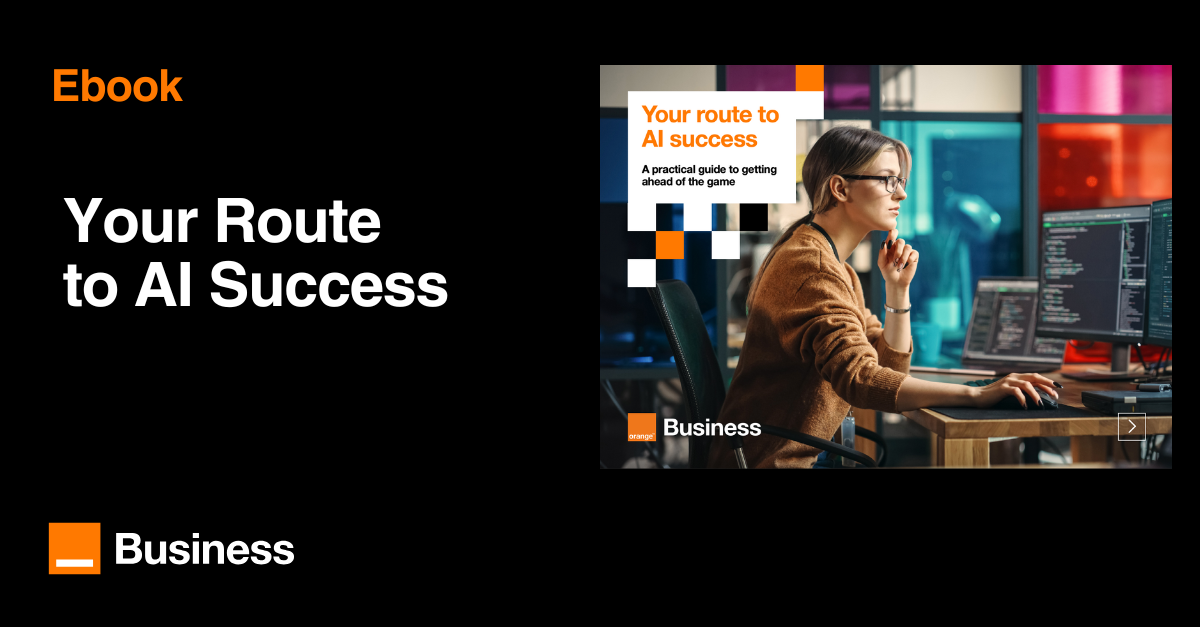


Comments (0)
Your email address is only used by Business & Decision, the controller, to process your request and to send any Business & Decision communication related to your request only. Learn more about managing your data and your rights.